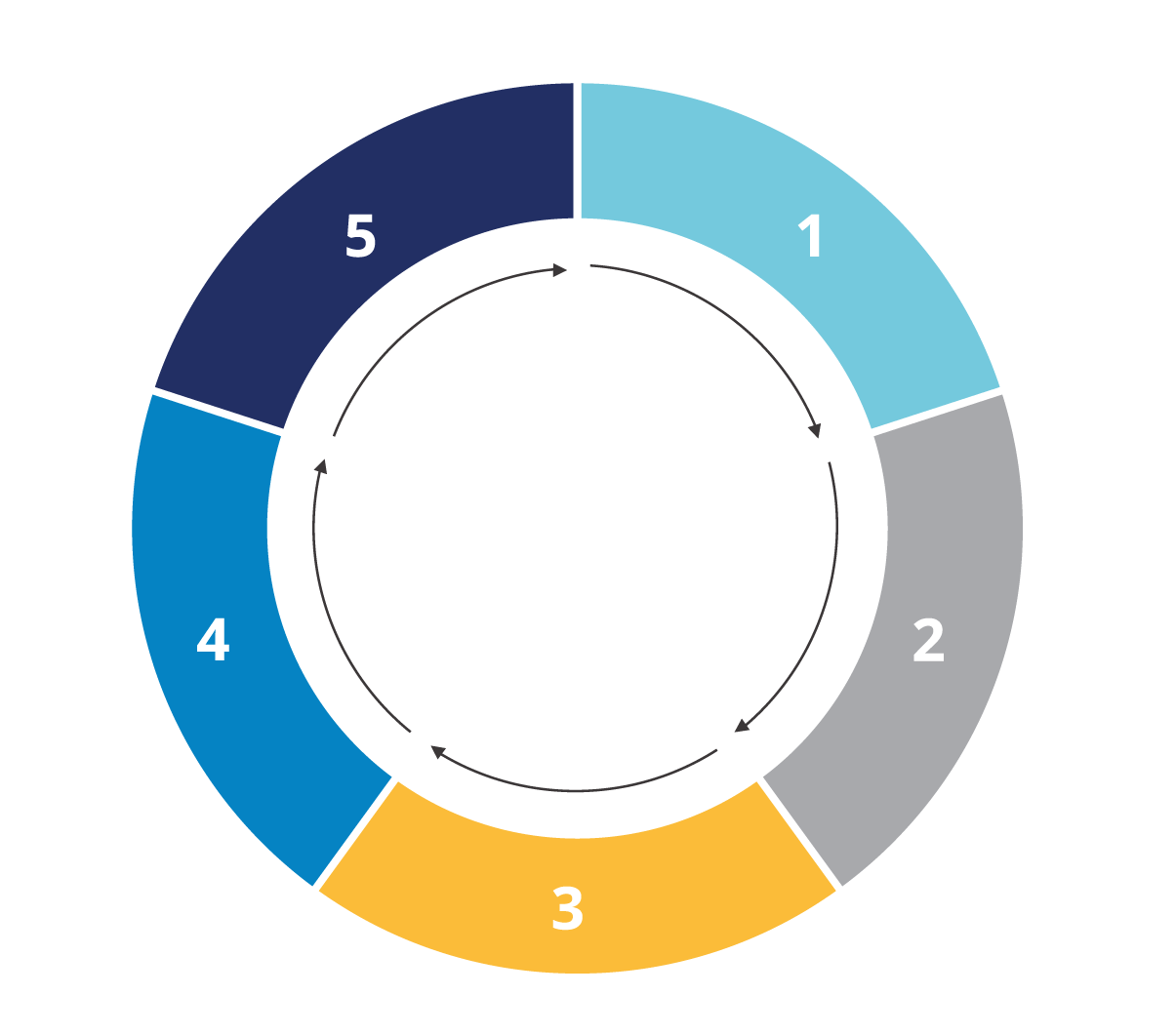 Aviation is the safest mode of transportation. In 2023, in the European Union (EU), over 7.3 million commercial air transport flights took to the skies without any fatal accidents involving an EASA member state operator. That’s an average of 20 000 flights per day – and many, many more passengers – flying safely every day!
Aviation is the safest mode of transportation. In 2023, in the European Union (EU), over 7.3 million commercial air transport flights took to the skies without any fatal accidents involving an EASA member state operator. That’s an average of 20 000 flights per day – and many, many more passengers – flying safely every day!
This data is coming from EASA’s Annual Safety Review - 2024, but reports from previous years also demonstrate a very, very low rate of fatal accidents involving an EASA member state operator. The Annual Safety Review is a very important report done by EASA every year that looks at the safety performance of civil aviation in the previous year and identifies the most common types of serious incident and accident outcomes faced by European aviation today. It reflects EASA’s unwavering commitment to aviation safety and the industry’s collaborative efforts in upholding the highest safety standards.
The Annual Safety Review goes beyond large commercial airplanes. It addresses a wide variety of air transportation means as well as other parts of civil aviation:
- aeroplanes (commercial, specialised operations and non-commercial);
- rotorcraft - best known to the wider public as “helicopters” (commercial, specialised operations and non-commercial);
- balloons;
- sailplanes (gliders);
- unmanned aircraft systems/ drones;
- aerodromes and ground handling ;
- air traffic management / air navigation services.
The Annual Safety Review supports the identification of safety issues, which are further assessed and prioritised using the experience of EASA Member States and the aviation industry to connect the data with the current and future strategic priorities of the Agency. The portfolio of risks (list of safety issues) as well the safety priorities and mitigating actions are all contained in the European Plan for Aviation Safety. Read on to find out more about the European Plan for Aviation Safety later in this article.
Data sources
The data presented in the Annual Safety Review are based on the occurrences collected by the Agency via two specific data sources:
-
EASA’s occurrence database
This covers occurrences and other safety-related information reported to the Agency and accidents and serious incidents notified to the Agency by Safety Investigation Authorities worldwide. This is augmented by information collected by EASA from other sources.
- European Central Repository
The European Central Repository (ECR) is the central database of all occurrences and other safety-related information reported to the competent authorities of the EASA Member States.
The importance of reporting and the Safety Risk Management process
Occurrence reporting rates are also monitored in the Annual Safety Review. It is important to monitor the number of reports as they are an indicator of the changes to safety culture in Europe. While a high number of serious accidents is certainly not a good sign, a large number of reports can be regarded as a sign of a good safety culture. It means potential risks are being addressed.
The occurrence reporting system is the foundation of the Safety Risk Management process. The reports feed into the Safety Risk Management process of the agency providing intelligence on the main safety risks and give the Agency and the National Competent Authorities an effective system to both monitor and react to the most prevalent safety risks.
The Annual Safety Review is a key part of the European Safety Risk Management process, where EASA, the national aviation authorities (NAAs), and industry work together to identify the aviation safety priorities for Europe.
The Safety Risk Management Process


1. Identification of safety issues

2. Assessment of safety issues

3. Definition and programming of safety actions

4. Implementation and follow-up

5. Safety performance measurement
The European Safety Risk Management process results in the different safety actions in the European Plan for Aviation Safety (EPAS).
The European Plan for Aviation Safety is the main reference of aviation safety and it also one of the core deliverables of the EU Safety Risk Management process. It sets out the strategic safety priorities and objectives for the European aviation system. It also presents the main safety issues affecting that system and defines the necessary actions to mitigate those risks, to further improve aviation safety in Europe. The plan is prepared by EASA, with technical inputs from the EASA Advisory Bodies representing Member States and industry.
The European Plan for Aviation Safety is also the basis for EASA’s rulemaking activities, another task carried out by EASA to improve aviation safety.
The Annual Safety Review, the Safety Risk Management Process, the European Plan for Aviation Safety and rulemaking - these different activities are interlinked towards one common EASA goal: maintaining a robust track record of aviation safety for European citizens and beyond.
You can check all Annual Safety Review reports on EASA Pro (only available in English).
Stay informed on what makes aviation safe and more
Register on EASA Light to receive notifications when new articles are released. Learn about aviation safety, sustainability, innovation and more!
